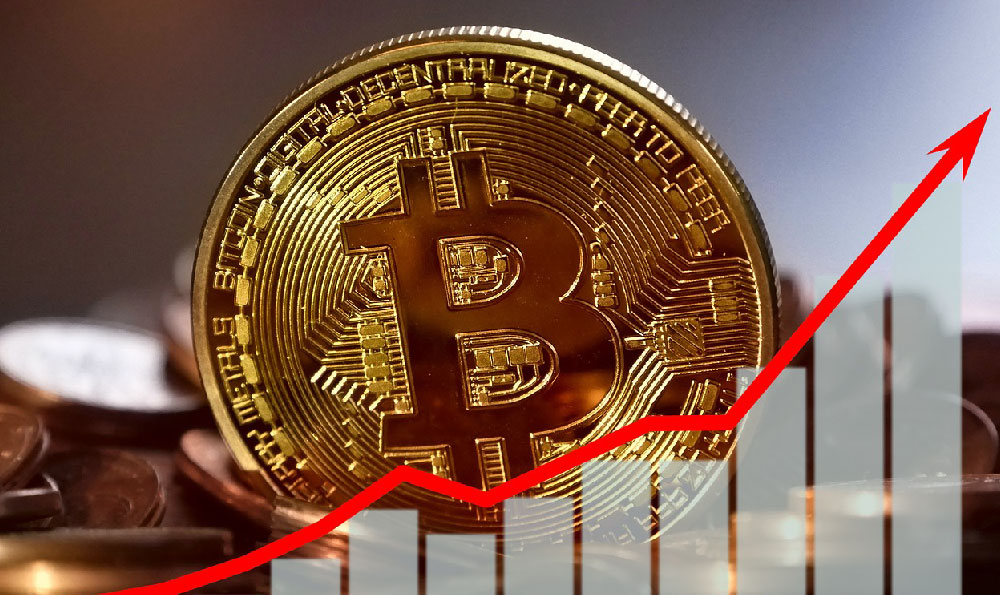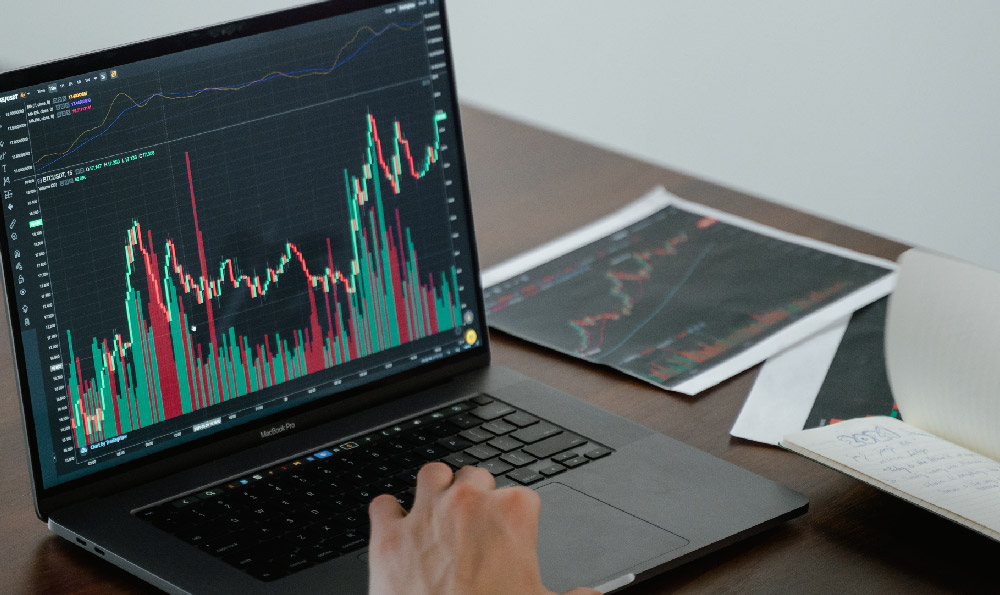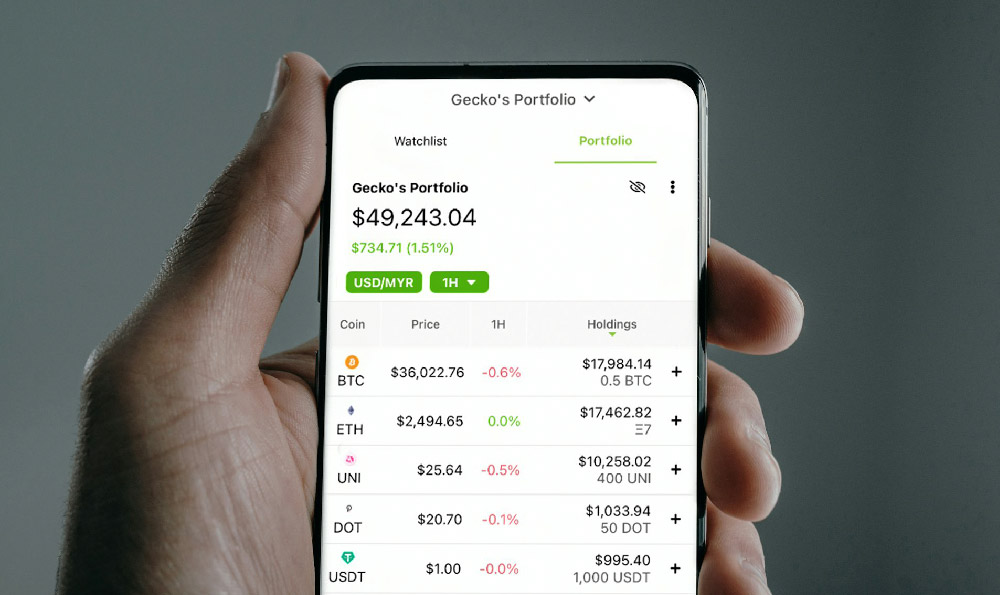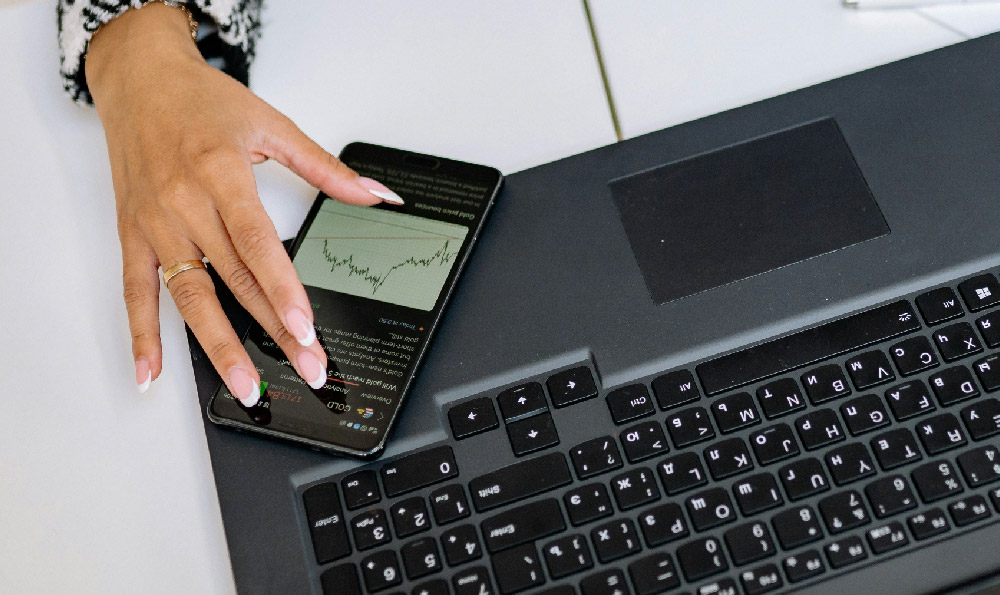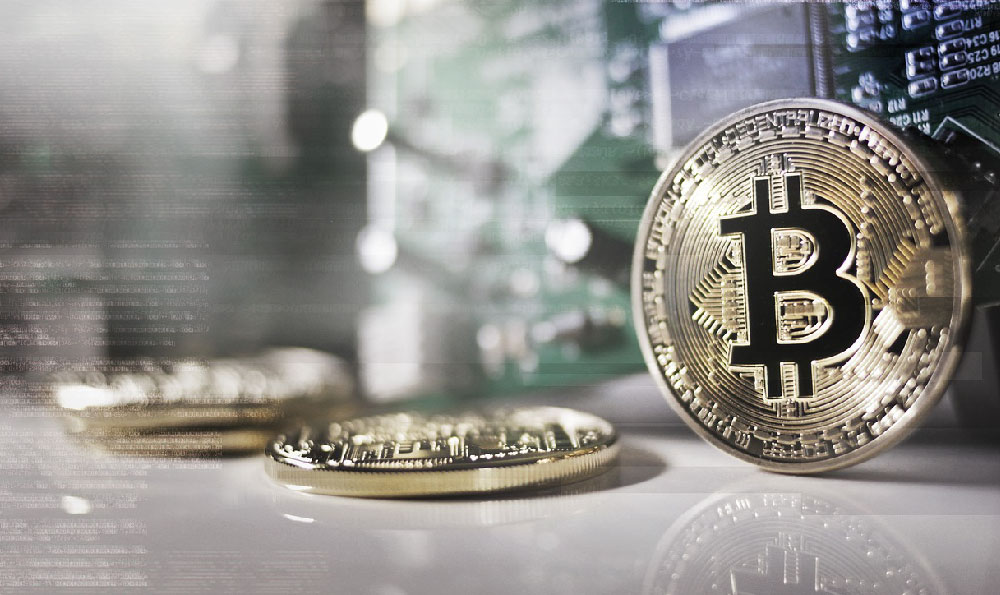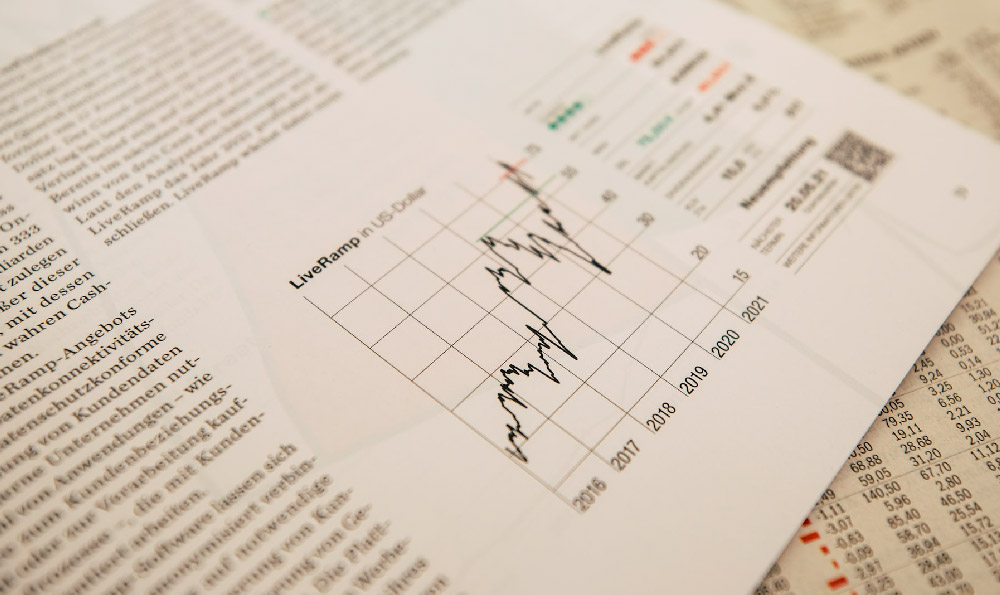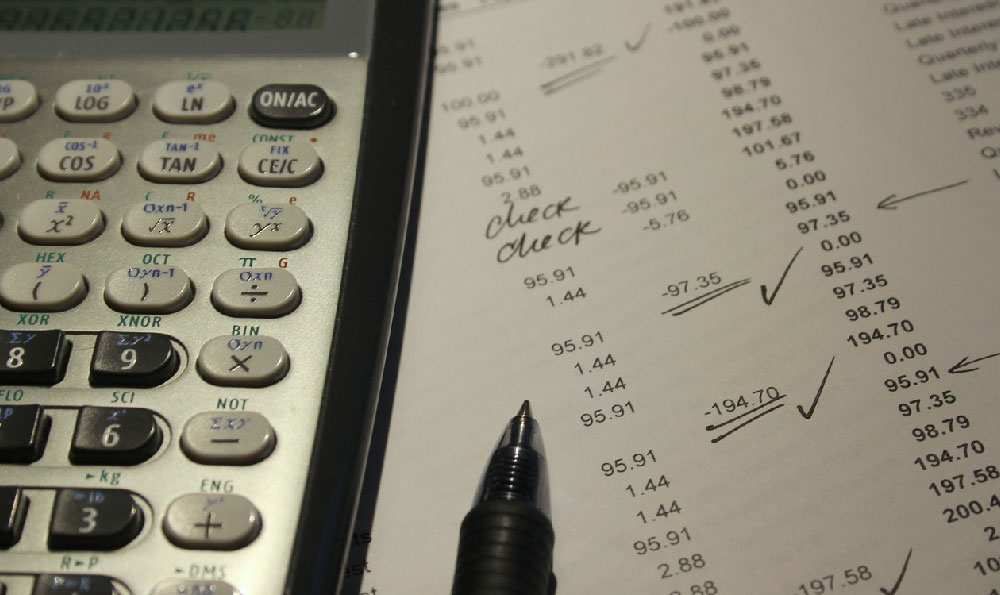Keepbit, like many decentralized exchanges (DEXs), operates on an automated market maker (AMM) model. While this offers the benefits of decentralization and self-custody, it also exposes users to the risk of price slippage. Understanding what slippage is, why it happens on Keepbit, and how to mitigate its impact are crucial for anyone using the platform for trading.
Price slippage refers to the difference between the expected price of a trade and the actual price at which the trade is executed. This discrepancy arises because the liquidity available on the exchange at the time of the transaction isn't sufficient to fulfill the order at the initially displayed price. Several factors contribute to slippage on AMM-based DEXs like Keepbit. The most prominent is order size relative to the available liquidity pool. When a large order is placed, it consumes a significant portion of the liquidity available at the current price. As a result, the algorithm adjusts the price upwards (for buys) or downwards (for sells) to incentivize other users to provide liquidity and fulfill the remaining part of the order. Low liquidity pools exacerbate this problem, meaning that even relatively small trades can cause substantial slippage. Trading tokens with limited market capitalization or recently listed coins are particularly prone to this issue. Volatility in the underlying assets also contributes to slippage. Rapid price fluctuations can render the initially quoted price inaccurate by the time the transaction is confirmed on the blockchain. This delay, inherent in blockchain technology, gives rise to a timing mismatch between the user's intent and the actual execution. Gas fees, which fluctuate depending on network congestion, further complicate the matter. High gas fees can make small trades unprofitable, especially when compounded by slippage.
Keepbit, while aiming to provide a user-friendly trading experience, does not inherently offer "slippage protection" in the way that a centralized exchange might with features like order books and depth. However, it offers tools and settings that allow users to manage their own slippage tolerance. Understanding and utilizing these tools is paramount for minimizing unwanted price deviations. The most common mechanism for controlling slippage is the slippage tolerance setting. This setting allows users to specify the maximum percentage difference they are willing to accept between the quoted price and the executed price. If the slippage exceeds this threshold, the transaction will automatically fail, preventing the user from executing the trade at an unfavorable price. Setting an appropriate slippage tolerance is a balancing act. A very low tolerance can lead to frequent transaction failures, especially during periods of high volatility. A high tolerance increases the likelihood of trade execution but exposes the user to potentially significant price slippage.

Beyond setting a general slippage tolerance, strategies can be implemented to further mitigate the impact of slippage. Breaking down large orders into smaller chunks can significantly reduce the impact on the liquidity pool. By executing several smaller trades over a period, the user avoids depleting the liquidity at a single price point and thus minimizes slippage. However, this strategy incurs higher transaction fees. Timing trades strategically can also be beneficial. Avoiding periods of high volatility and network congestion, such as right after major news announcements or during peak trading hours, can decrease the likelihood of slippage. Monitoring transaction fees and adjusting slippage tolerance accordingly is essential. High gas fees can make small trades, even with minimal slippage, unprofitable. If transaction fees are high, it might be prudent to either postpone the trade or increase the slippage tolerance slightly to ensure execution. Furthermore, carefully examine the liquidity pool depths before executing a trade. Choosing trading pairs with deeper liquidity pools (i.e., those with larger amounts of tokens available) reduces the likelihood of significant slippage.
Advanced users can explore using limit orders on decentralized exchanges that offer them. Some DEX aggregators also offer limit order functionality, allowing users to specify the exact price at which they are willing to buy or sell. This eliminates the risk of slippage but introduces the possibility that the order may not be filled if the price doesn't reach the specified limit. Another technique involves using DEX aggregators. These platforms automatically route trades through multiple DEXs to find the best prices and liquidity. By splitting orders across multiple platforms, they can often reduce slippage and improve overall execution. Finally, staying informed about the specific characteristics of the tokens being traded is crucial. Understanding the token's market capitalization, trading volume, and price volatility helps to assess the potential for slippage and adjust trading strategies accordingly. Projects with small market caps are much more vulnerable to price slippage, so caution is advised when trading them.
In conclusion, while Keepbit doesn't offer built-in "slippage protection" in the traditional sense, it provides users with the tools and mechanisms to manage their own slippage risk. By understanding the factors that contribute to slippage, utilizing the slippage tolerance setting effectively, employing strategic trading techniques, and staying informed about the market conditions, users can minimize the impact of slippage and improve their trading outcomes on Keepbit. It is important to remember that managing slippage requires active participation and a thorough understanding of the platform and the tokens being traded. Continuous learning and adaptation are key to success in the dynamic world of decentralized finance.


